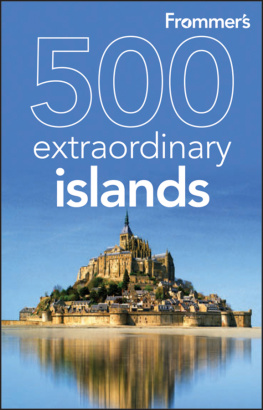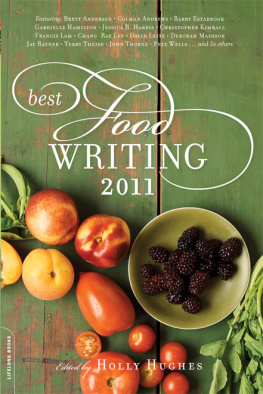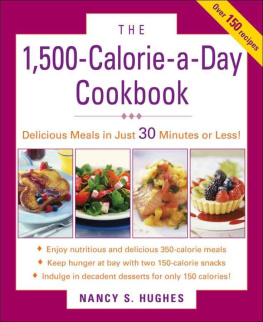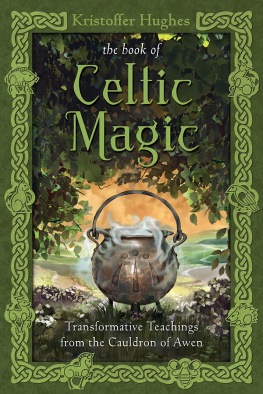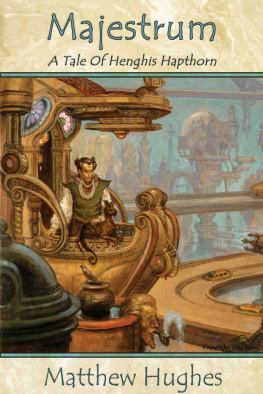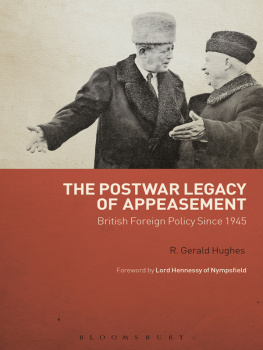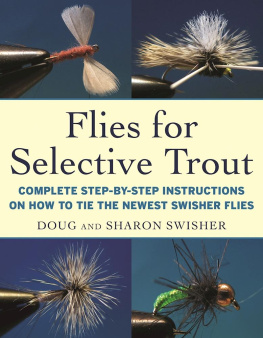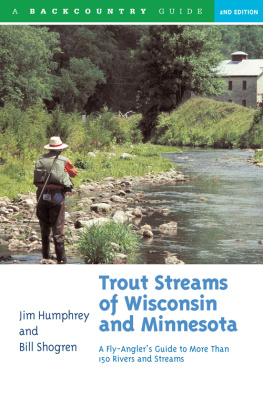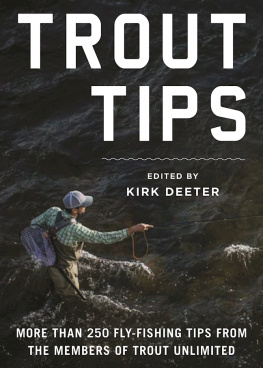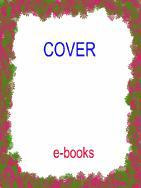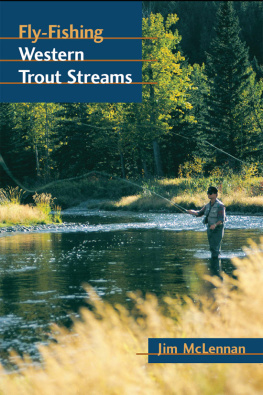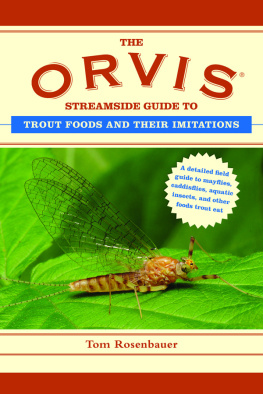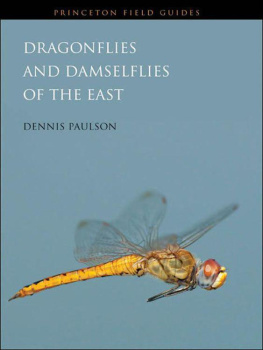Copyright 2005 by Dave Hughes
Published by
STACKPOLE BOOKS
5067 Ritter Road
Mechanicsburg, PA 17055
www.stackpolebooks.com
All rights reserved, including the right to reproduce this book or portions thereof in any form or by any means, electronic or mechanical, including photocopying, recording, or by any information storage and retrieval system, without permission in writing from the publisher. All inquiries should be addressed to Stackpole Books, 5067 Ritter Road, Mechanicsburg, Pennsylvania 17055.
Printed in China
10 9 8 7 6 5 4 3 2
Photographs, including cover photograph, by Dave Hughes except for the hellgrammite on by Ted Fauceglia
Cover design by Caroline Stover
Library of Congress Cataloging-in-Publication Data
Hughes, Dave, 1945
Handbook of hatches: a basic guide to recognizing trout foods and selecting flies to match them / Dave Hughes.2nd ed.
p. cm.
Includes bibliographical references and index.
ISBN 0-8117-3182-0 (alk. paper)
eISBN 978-0-8117-4305-1
1. Flies, Artificial. 2. Aquatic insects. 3. TroutFood. 4. FishesFood. I. Title.
SH451.H779 2004
688.79124dc22
2004007298
ISBN 978-0-8117-3182-9
To Rick Hafele,
who introduced me to the world of aquatic insects,
and with whom I still share it.
Introduction
I got conned on the Yellowstone River.
Richard Bunse and I arrived at the river on a September midafternoon, in the wake of an early storm. The sun glanced brightly off deep new snow. The air nipped at us painfully. But the sun struck down and warmed the slow currents where the broad river ambled over shallow beds of rooted weeds. We sat in the pickup for a minute, looking down over the flats. Then a fish swirled on the surface, and a few seconds later another came up. Bunse cried, Those are rises! Then he bolted.
He had his waders on and rod built and was twenty feet out, stalking a pod of working fish, before I could decide how many pairs of socks to pull on.
Theres a hatch, Bunse yelled up to me while I sat on the tailgate, agonizing into cold waders. He scooped an insect out of the water and looked at it.
What is it? I called down to him.
Dont know. Some sort of mayfly dun. A size sixteen with an olive body and gray wings. See if you can figure out what it is. He tied on a fly and started false-casting.
Oh... okay, I said foolishly, and picked up my insect-collecting net instead of my fly rod. I thrashed through the snow to the river, waded in, and began netting mayfly duns while Bunse cast and caught a trout.
What did you catch it on? I asked.
A size sixteen Blue-Winged Olive, he answered. Then he asked, Whats that insect?
Ill have to check it out, I said. I struggled up through the snowbank to the pickup, holding a couple of the mayflies captive in my net. I found the right book and paged through it until I found what I took to be the right insect. I compared its picture with what I held in my hand. They looked reasonably alike. I closed the book and walked back down to the rivers edge. It had only taken about half an hour, my literary search sped by continual shouts and splashes as Bunse hooked, landed, and released two more fine trout.
I said to Bunse, I think its a Paraleptophlebia.
A what? he asked, a bit astonished.
Paraleptophlebia. I dont know what species. Now can I borrow one of those Blue-Winged Olives?
Sure.
I waded out to him, this time carrying my fly rod rather than my insect net. He gave me a fly. I looked at it. Remarkably like the real thing, I mumbled. I waded away and looked around for a rise to cast to. But there werent any. Either the fish had quit working or Bunse had caught them all.
We reeled up, waded out, and drove away. Bunse had taken three fish, the largest eighteen inches long. I had taken two mayflies, size 16.
I found out a long time later, looking at them under a microscope at home, that they were Ephemerella.
It finally became clear to me, after years of diligently studying and matching hatches, that matching the hatch always came first, out on the stream or lake, whereas identifying the insect always came later, at home, long after the fishing was finished. The success of my fishing was always based on what I observed in the field, and what I did about it right then, while fish rose all around me.
The study of insects is a pleasant adjunct to fishing. You can take it to any level you want. The further you take it, the more you will know about the aquatic world in which trout live and swim and eat. Every added increment of knowledge about that world will give you one more thing to enjoy when you are out fishing. And the more you know, the more trout you will catch, in the long run.
This book is about the study of insects at the simplest levelout in their own world, the world where trout make a living eating them. It is about recognizing that an insect is a mayfly dun, size 16, with an olive body and gray wings. It is about matching that dun with a size 16 Blue-Winged Olive dressing and presenting it the way the natural insect arrives to trout, thereby enticing trout to take it. This book is about reducing the process of matching hatches to its most important elements. It is about letting somebody else worry whether an insect is a Paraleptophlebia or an Ephemerella.
Our continent is large and has a great diversity of geographies and water types. Our aquatic insects have adapted to this wide range of conditions by evolving into a wide range of species. Professional taxonomists, with doctoral degrees and high-power microscopes, havent yet penetrated all of their mysteries, nor have they classified and named all of the species. New species are constantly discovered: Old species are constantly reclassified into new genera and subgenera and given new names. Not only is this confusing to the lay angler, but it also abruptly outdates any angling book that identifies all trout foods by species.
Everything you need to know about an insect in order to match it, and to fish its imitation with the proper presentation, you can learn by holding the insect in your hand and observing it closely. A labyrinth of things remains to be learned beyond what you will discover by taking a close look at the natural, but the few things you need to know to catch trout make a good place to start, and they might be as far as you ever want to go.
I hope this book helps you understand the aquatic insects, the fly patterns that match them, and the fish that eat them. I hope it helps you catch more and larger trout.
I insist that it help you have more fun doing it.
Axioms
It is the first axiom of this book that within each of the three major orders, adults of all species have the same shape. They vary in size and color but are true to the shape of the rest of the order ().
This leads to the second axiom of this book, that within each important order of aquatic insects, all species can be matched with size and color variations of the same pattern style ().
It is the third axiom of this book that endless study of someone elses work will never tell you what insect hatches are important on your own home waters ().
It is a minor axiom of this book that you choose your pattern style based in part on the type of water on or in which the pattern will be fished ().
It is another minor axiom of this book that if something resembles something else so closely that anglers and trout mistake it for whatever else it looks like, then a pattern that imitates the something else will work fine, and theres no need to create and carry a new one


